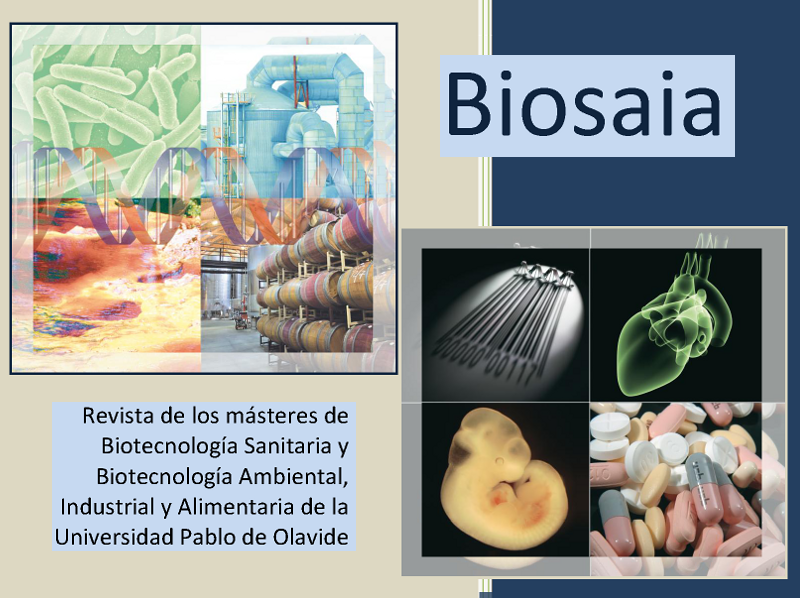Fatty acids profile determination in bakery products by gas chromatography with flame ionization detection (GC-FID)
Palabras clave:
Fatty Acids; Gas Chromatography; FID Detector; Bakery ProductsResumen
fatty acids, determined by the number of carbon atoms and the presence of double or simple bounds between them (1,2).
Since the 60-70s of last century, food industry started to introduce innovative processes and feedstock modifications. Those
innovations like total or partial hydrogenation of fats and oils were carried out with the object of increase productivity and
products lifetime which leaded to a significant increase of harmful fat intake related to a rising fast food consumption in the last
decades (3). As a result, it is necessary to analyze fatty acids profile contents in food products in order to include it in
nutritional labelling. For this purpose, it has been developed different analytical and instrumental techniques, among which gas
chromatography stands out (4).
Most fatty acids are not in free form on food but are usually esterified, being part of different lipids. Therefore it is necessary to
carry out several steps previous to characterization of fatty acids profile by gas chromatography. First, fatty acids extraction is
carried out followed by derivatization process with the objective of increasing volatility and reducing polarity of the analyte.
This contribute to reduce operating temperature avoiding degradation of fatty acids and to get differentiated chromatographic
peaks. The purpose of this project is to compare fatty acids composition of different types of bakery and pastries products
which are commonly manufactured using refined oils and fats. To achieve this objective Folch fatty acids extraction method
was used (5) and the conversion to Fatty Acids Methyl Esters (FAME) dertivatization process (6) was carried out. Folch
extraction methods consist on using a 2:1 mixture of organic dissolvent, which are chloroform and methanol, respectively.
Then, a saline solution (0.9% NaCl) is added to achieve biphasic separation by centrifugation, being the lower fraction
containing chloroform used to fatty acids profile determination. This fraction is transferred to a round-bottomed flask, solvent is
evaporated by rotavapor and fat extracted is determined by gravimetry. Finally, fatty acids profiles were obtained by gas
chromatography with flame ionization to obtain by.
Descargas
Citas
Food and Agriculture Organization of the United Nations. (2010). Fats and fatty acids in human nutrition: Report of an expert consultation. FAO
Food Nutr Pap, 91, 1-166.
Gunstone, F. D. (2012). Fatty acid and lipid chemistry. Springer.
Joint, F. A. O. (2010). Fats and fatty acids in human nutrition. Report of an expert consultation, 10-14 November 2008, Geneva.
Hewavitharana, G. G., Perera, D. N., Navaratne, S. B., & Wickramasinghe, I. (2020). Extraction methods of fat from food samples and
preparation of fatty acid methyl esters for gas chromatography: A review. Arabian J. Chem., 13(8), 6865-6875.
Folch, J., Lees, M., & Stanley, G. S. (1957). A simple method for the isolation and purification of total lipides from animal tissues. Journal of
biological chemistry, 226(1), 497-509.
Christie, W. W., & Han, X. (2003). Lipid Analysis: Isolation. Separation, Identification and Structural Analysis of Lipids, edited by: Oily Press.
Descargas
Publicado
Cómo citar
Número
Sección
Licencia
Derechos de autor 2021 Biosaia: Revista de los másteres de Biotecnología Sanitaria y Biotecnología Ambiental, Industrial y Alimentaria

Esta obra está bajo una licencia internacional Creative Commons Atribución-NoComercial-CompartirIgual 4.0.





